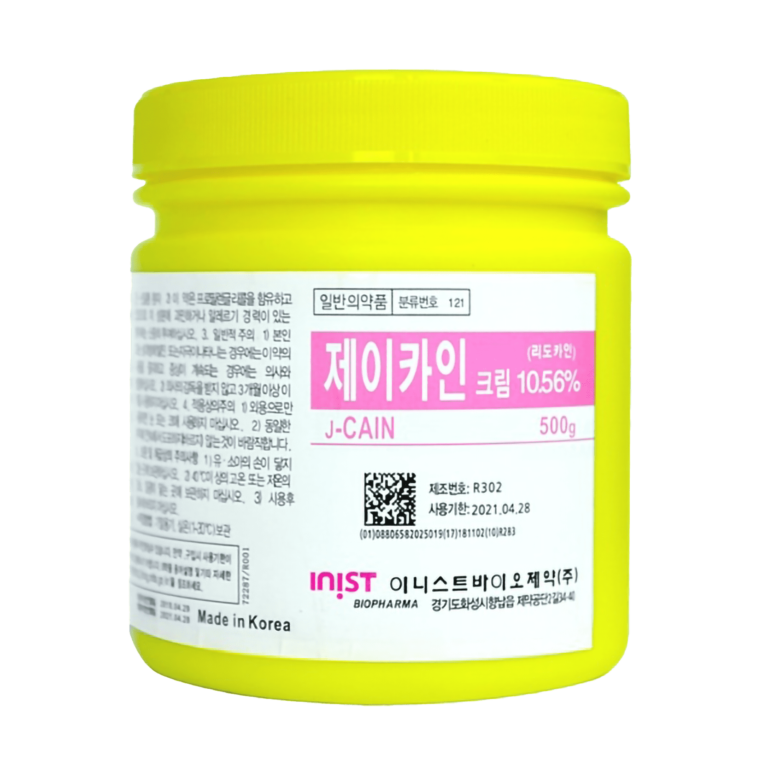In the world of skincare and medical procedures, anesthetic creams play a crucial role in providing pain relief and enhancing comfort. Whether you’re preparing for a minor surgical procedure, undergoing a cosmetic treatment, or simply looking for a solution to alleviate discomfort, anesthetic creams can be a valuable addition to your toolkit. This guide will explore what anesthetic creams are, their benefits, and how to use them effectively for optimal results.
What Are Anesthetic Creams?
Anesthetic creams are topical products designed to numb the skin and reduce pain or discomfort in a specific area. They contain active ingredients that temporarily block nerve signals, providing localized pain relief. These creams are commonly used in various settings, including medical procedures, cosmetic treatments, and minor skin irritations. Key ingredients in anesthetic creams often include lidocaine, benzocaine, and prilocaine.
Key Benefits of Anesthetic Creams
- Effective Pain Relief: Anesthetic creams provide targeted pain relief by numbing the skin’s surface. This makes them ideal for procedures that involve needle injections, laser treatments, or other skin interventions.
- Improved Comfort During Procedures: By reducing sensation in the treatment area, anesthetic creams enhance comfort during medical and cosmetic procedures. This can help minimize anxiety and discomfort for patients.
- Minimal Downtime: Unlike more invasive pain management methods, anesthetic creams have minimal downtime. They are easy to apply and typically require only a short period to take effect.
- Versatile Use: These creams can be used for various applications, including pre-procedure numbing, relief from minor burns or insect bites, and even managing discomfort from conditions like eczema or psoriasis.
- Non-Invasive Solution: Anesthetic creams offer a non-invasive alternative to oral pain medications or injections, providing a localized solution without systemic side effects.
How Anesthetic Creams Work
- Application: To use an anesthetic cream, apply a thick layer to the area of skin where pain relief is desired. Be sure to follow the instructions provided with the product, including recommended dosage and application guidelines.
- Absorption: The active ingredients in the cream are absorbed through the skin and begin to work by blocking nerve signals. This numbing effect usually starts within 20-30 minutes of application.
- Duration: The numbing effect of anesthetic creams typically lasts for a few hours, depending on the product and the concentration of active ingredients used.
How to Choose the Right Anesthetic Cream
- For Medical Procedures: If you’re preparing for a medical or cosmetic procedure, choose an anesthetic cream with a proven track record of effectiveness and safety. Products containing lidocaine or prilocaine are commonly used for these purposes.
- For Minor Skin Issues: For relief from minor skin irritations like burns or insect bites, look for creams with benzocaine or lidocaine. These ingredients are effective at providing localized numbing.
- For Sensitive Skin: If you have sensitive skin or are prone to reactions, opt for a hypoallergenic anesthetic cream designed for delicate skin. Always perform a patch test before full application.
Application Tips and Precautions
- Patch Test: Before using an anesthetic cream extensively, perform a patch test on a small area of skin to ensure you don’t have an adverse reaction.
- Follow Instructions: Adhere to the usage instructions provided with the product to avoid over-application or potential side effects.
- Avoid Broken Skin: Do not apply anesthetic creams to broken or irritated skin, as this can increase the risk of side effects and interfere with the healing process.
- Consult a Professional: For procedures requiring significant pain management or if you have underlying health conditions, consult with a healthcare professional to ensure the chosen anesthetic cream is appropriate for your needs.
Conclusion
Anesthetic creams offer an effective and convenient solution for pain relief and enhanced comfort in various situations. Whether you’re undergoing a medical procedure, dealing with minor skin issues, or seeking a non-invasive method of pain management, these creams provide localized relief with minimal downtime. By understanding how to choose and use anesthetic creams properly, you can ensure a more comfortable experience and better overall outcomes.

